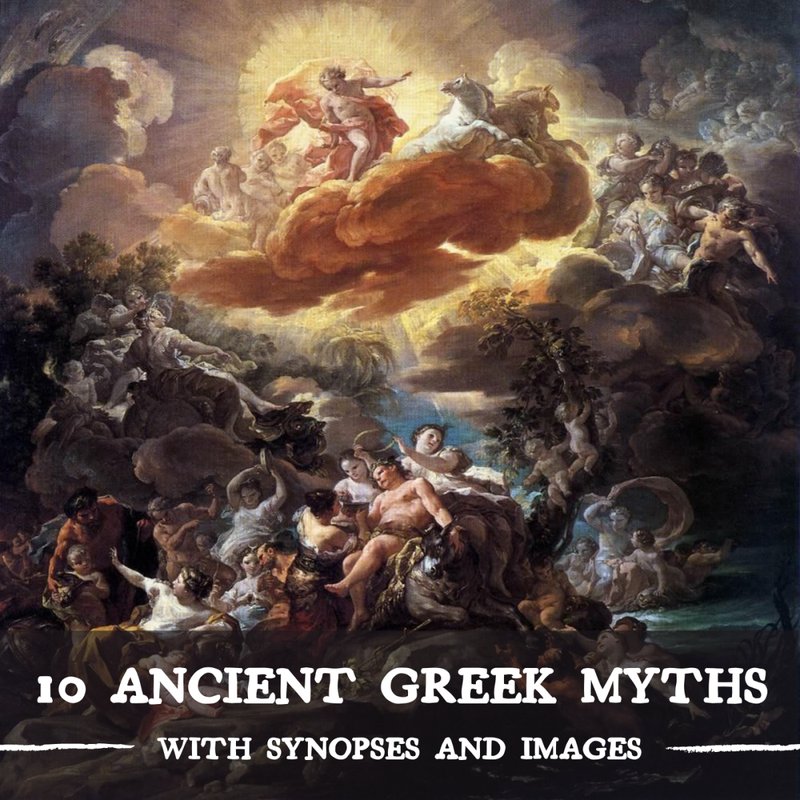
If you’ve ever watched a documentary or spotted an orca at a marine park, you might have found yourself wondering about the legends surrounding them. They often symbolize everything from power and strength to family loyalty and wisdom. But with all the stories swirling around these magnificent beings, it’s easy to get confused about what’s real and what’s just a tale. Let’s dive into these myths and cultural beliefs to separate the fact from fiction!
1. The Name “Killer Whale” Is Misleading
You might be surprised to learn that the term “killer whale” is a bit of a misnomer. The name actually comes from the orca’s scientific name, *Orcinus orca*, which translates to “whale killer” in Latin. This is because orcas are skilled hunters, often preying on seals, sea lions, and even large whales.
But here’s the thing: they’re not mindless killing machines like the name suggests. Orcas are actually very family-oriented and social animals. They live in pods that can consist of up to 40 individuals, which often includes mothers, fathers, siblings, and even grandparents. This close-knit social structure shows that they value cooperation and teamwork—so calling them “killers” feels pretty unfair.
Their hunting strategies are sophisticated. Orcas work together to drive their prey into tight groups, making it easier to catch a meal. Think of them like a sports team, each player knowing their role, working in sync to achieve their goal. It’s a testament to their intelligence, and it challenges the stereotype we have from the name “killer whale.”
2. Symbolism in Different Cultures
Throughout history, orcas have held significant meanings in various cultures. Indigenous peoples of the Pacific Northwest Coast, such as the Haida and Kwakwaka’wakw, view orcas as symbols of strength and family ties. In their stories, orcas often appear as spiritual guides, conveying lessons about respect and harmony with nature.
You might wonder how these beliefs shape the way communities interact with orcas today. Many tribes uphold a deep spiritual connection with the ocean and its inhabitants. They see orcas as part of a larger ecosystem where every creature plays an important role. Respecting orcas often means respecting their environment, leading to conservation efforts that protect both the whales and their habitats.
In other parts of the world, orcas represent different traits. For instance, in ancient Roman culture, they were sometimes associated with the god of the sea, Neptune. This ties into the idea of orcas being mighty creatures of the watery realm. Such diverse symbolism enriches our understanding of orcas beyond just their biology.
3. Myths About Orca Behavior
When it comes to understanding orca behavior, myths can often lead to misconceptions. One common myth is that orcas are dangerous to humans, primarily due to their powerful presence in the water and their hunting capabilities. However, the reality is quite different. There are very few recorded attacks on humans by wild orcas, and these incidents are usually the result of confusion or playfulness, not aggression.
Interestingly, orcas in captivity have shown different behaviors than their wild counterparts. Some people might think this reflects their true nature, but captivity can lead to stress and changes in behavior. In the wild, orcas demonstrate a range of emotional expression. They communicate using a complex system of clicks and whistles, showing they can bond closely with their pod. These behaviors highlight their intelligence and emotional depth.
So, while it’s easy to paint orcas with a broad brush based on dramatic portrayals in films and media, understanding their true essence requires looking deeper into their social structures and behaviors.
4. The Myth of the “Lone Orca”
Another common myth is the idea of the “lone orca.” People often picture a solitary orca swimming alone in the vast ocean, symbolizing independence. But that couldn’t be further from the truth! In reality, orcas are highly social beings that thrive on the bonds they form within their pods.
These pods are often matrilineal, meaning they are led by the oldest female. This arrangement fosters strong family connections, and members rely heavily on each other for support and education. Young orcas learn essential skills by observing and participating in the group’s activities.
The truth is, orcas rarely spend time alone. They hunt, socialize, and even play together. Imagine a close-knit family gathering—there’s laughter, teamwork, and a sense of belonging. This dynamic is critical for their survival and well-being in the wild.
5. Misconceptions About Orca Diet
You might be surprised to learn that orcas have diverse diets, and there’s a persistent myth that all orcas eat the same type of prey. The reality is, their diet varies greatly depending on their location and pod culture.
There are distinct populations of orcas, and they can be categorized into three main types: resident, transient, and offshore orcas. Resident orcas primarily feed on fish, while transient orcas often hunt marine mammals like seals and porpoises. Offshore orcas, on the other hand, tend to go after fish and sometimes even sharks.
This diversification is fascinating because it highlights the adaptability and intelligence of these creatures. It’s like comparing different culinary traditions across cultures—what might be a staple in one region could be a delicacy in another. Their varied diets also influence their social interactions and movements, showcasing their remarkable ability to thrive in various conditions.
6. Communication and Echolocation Myths
You might have heard that orcas are great communicators, and you’d be right! But there are some myths surrounding how they communicate and use echolocation. Many people assume that echolocation is solely for navigation, but it’s much more nuanced than that.
Orcas use a series of clicks and whistles not just to “see” their environment but to convey emotions and build connections within their pods. Think of it as their own language, filled with subtleties and tones that can signal everything from excitement to warnings. Their communication reflects their complex social dynamics.
Echolocation, on the other hand, plays a vital role in hunting and navigation. By emitting sound waves and listening to the echoes that bounce back, orcas can determine the size, shape, and distance of objects in their surroundings. It’s like being able to see with sound! This skill is especially important when hunting in murky waters or when visibility is low.
7. Orcas in Popular Culture and the Influence of Myths
Orcas have captured public imagination in many ways—from documentaries and movies to children’s books. However, these portrayals often lean heavily on myths that can distort our understanding of these animals. For instance, films like *Free Willy* presented orcas as adorable, misunderstood creatures, which, while endearing, oversimplifies their complexities.
These cultural representations can shape perceptions, leading people to view orcas primarily as friendly giants. While they are indeed fascinating and intelligent, it’s vital to remember their roles in the marine ecosystem and the challenges they face due to pollution, overfishing, and climate change.
By engaging with orca mythology and cultural beliefs, we can appreciate their grandeur while also understanding the pressing need for conservation efforts. Using stories to connect with these animals can inspire action and promote awareness of their plight in an ever-changing world.
8. The Future of Orcas and the Need for Conservation
As we move toward the future, the survival of orcas hangs in the balance. With threats like climate change, habitat loss, and pollution, the need for conservation has never been more urgent. Understanding the myths and cultural beliefs surrounding orcas can help foster a deeper respect for their existence and the intrinsic value they hold in our ecosystem.
By educating ourselves about these magnificent creatures, we become better stewards of the environment. Supporting sustainable practices and engaging in local conservation efforts can help protect orcas and their habitats.
Let’s remember that while myths may add color to their story, the truth about orcas is just as beautiful, filled with intelligence, family bonds, and an essential role in our oceans. Together, we can ensure that future generations will not only hear the tales of orcas but also witness their incredible presence in the wild.
In conclusion, the next time you catch a glimpse of an orca, whether in nature or through media, take a moment to reflect on the rich tapestry of myths and truths that surround them. Embrace the opportunity to learn more and contribute to their preservation for years to come.

